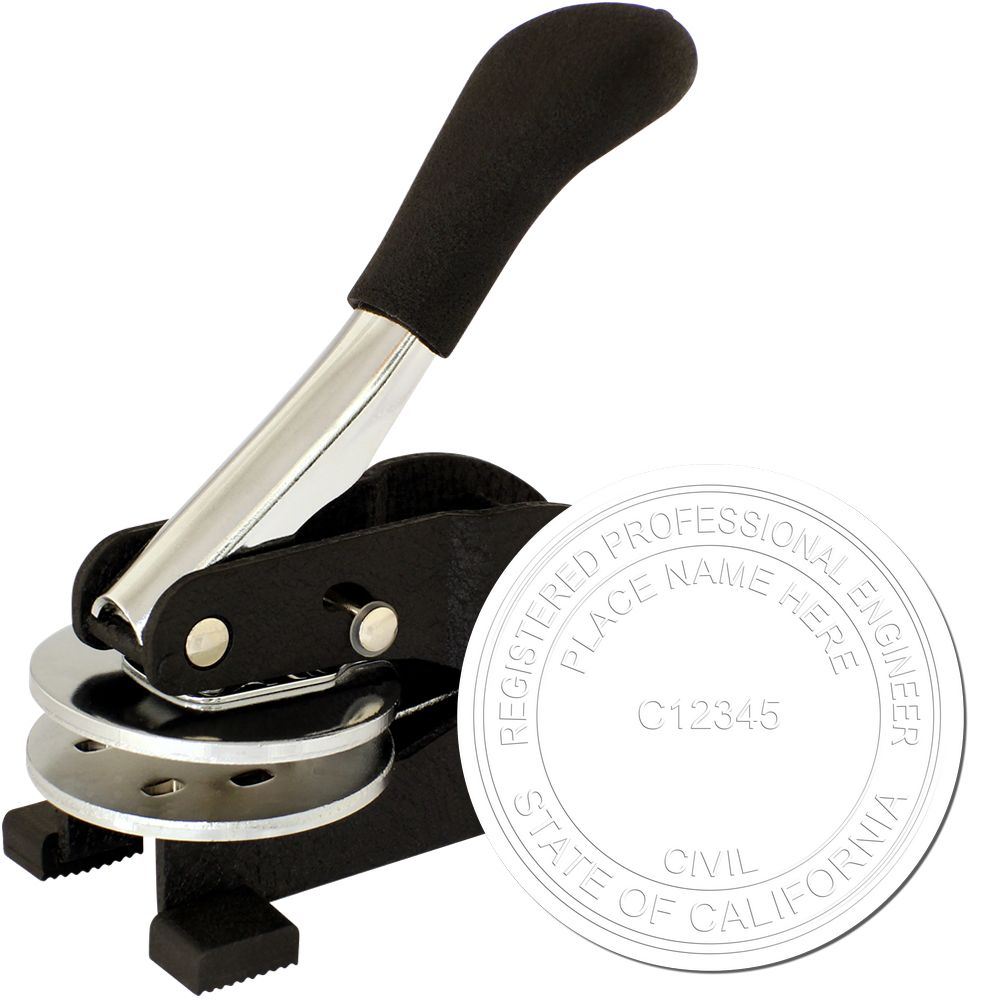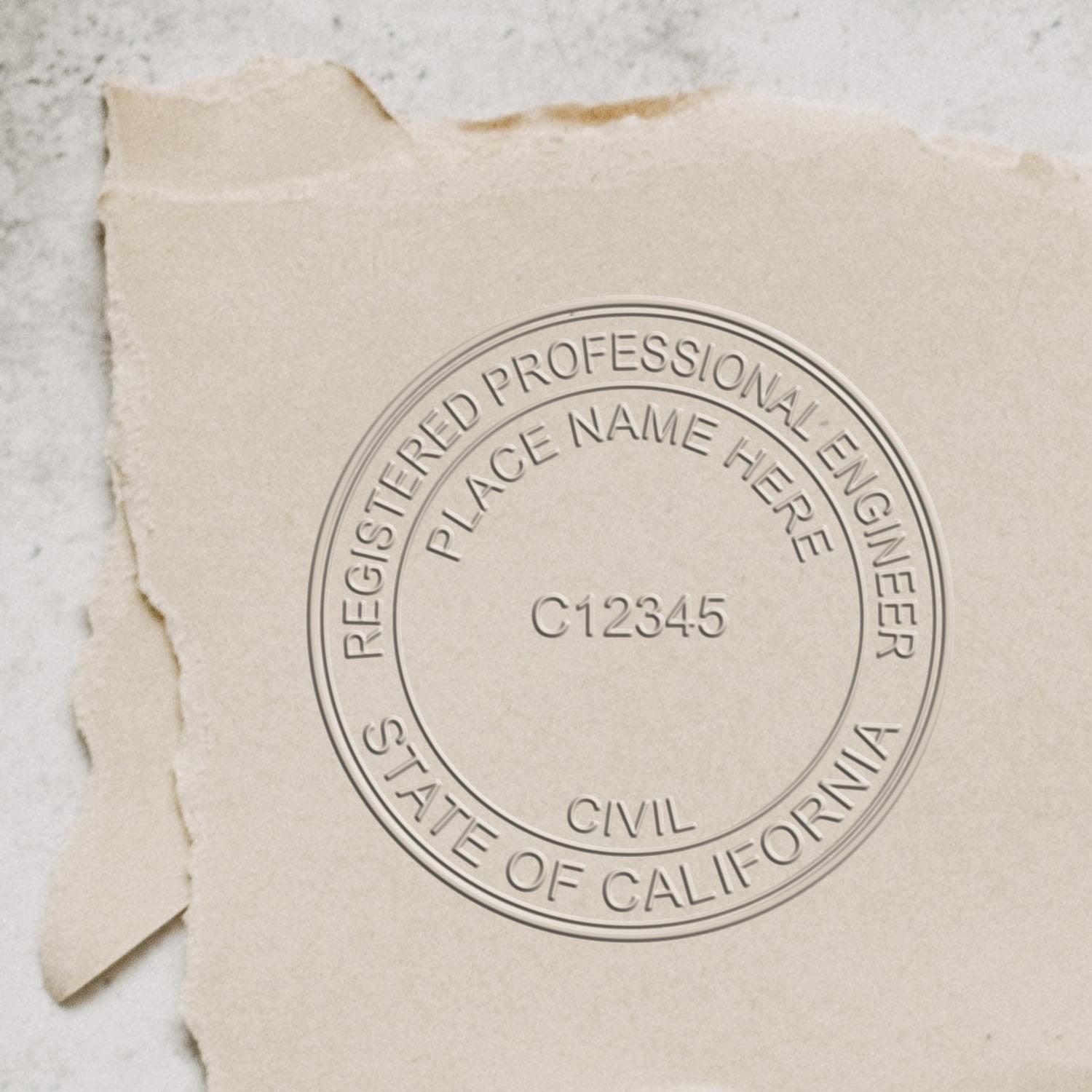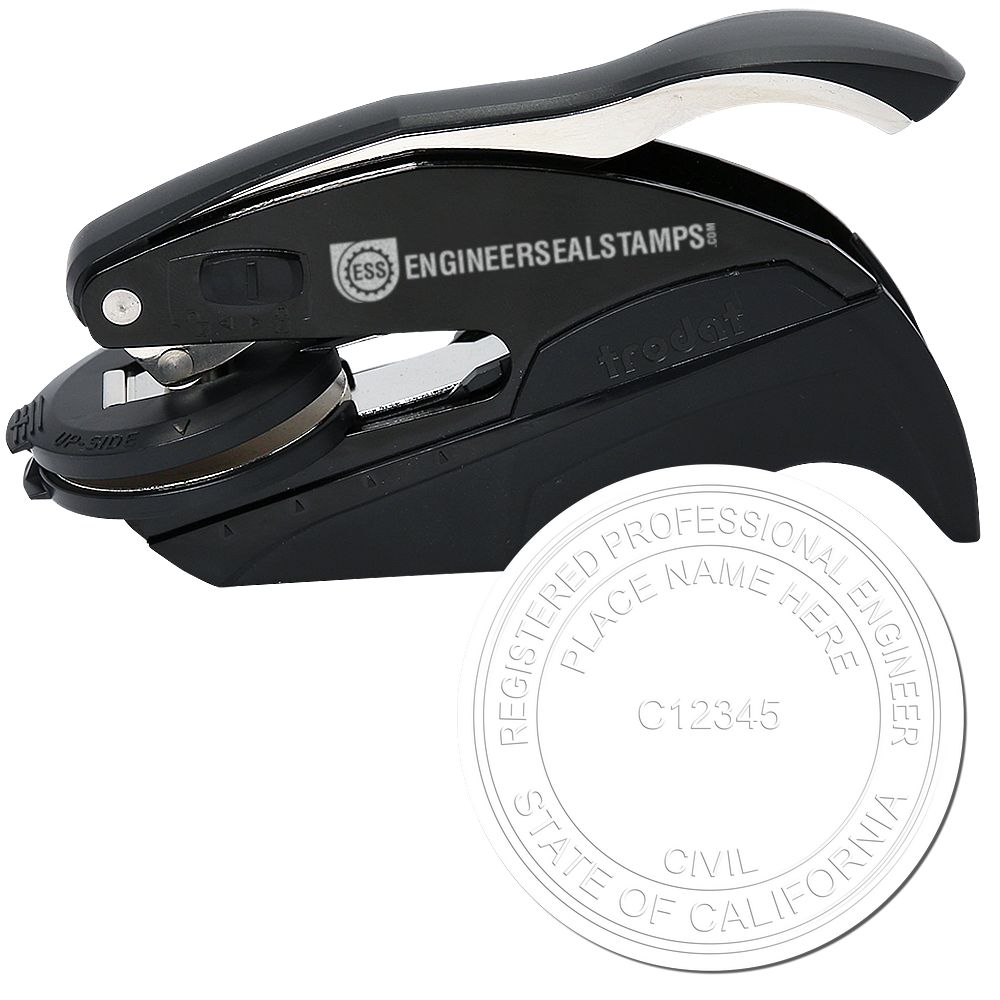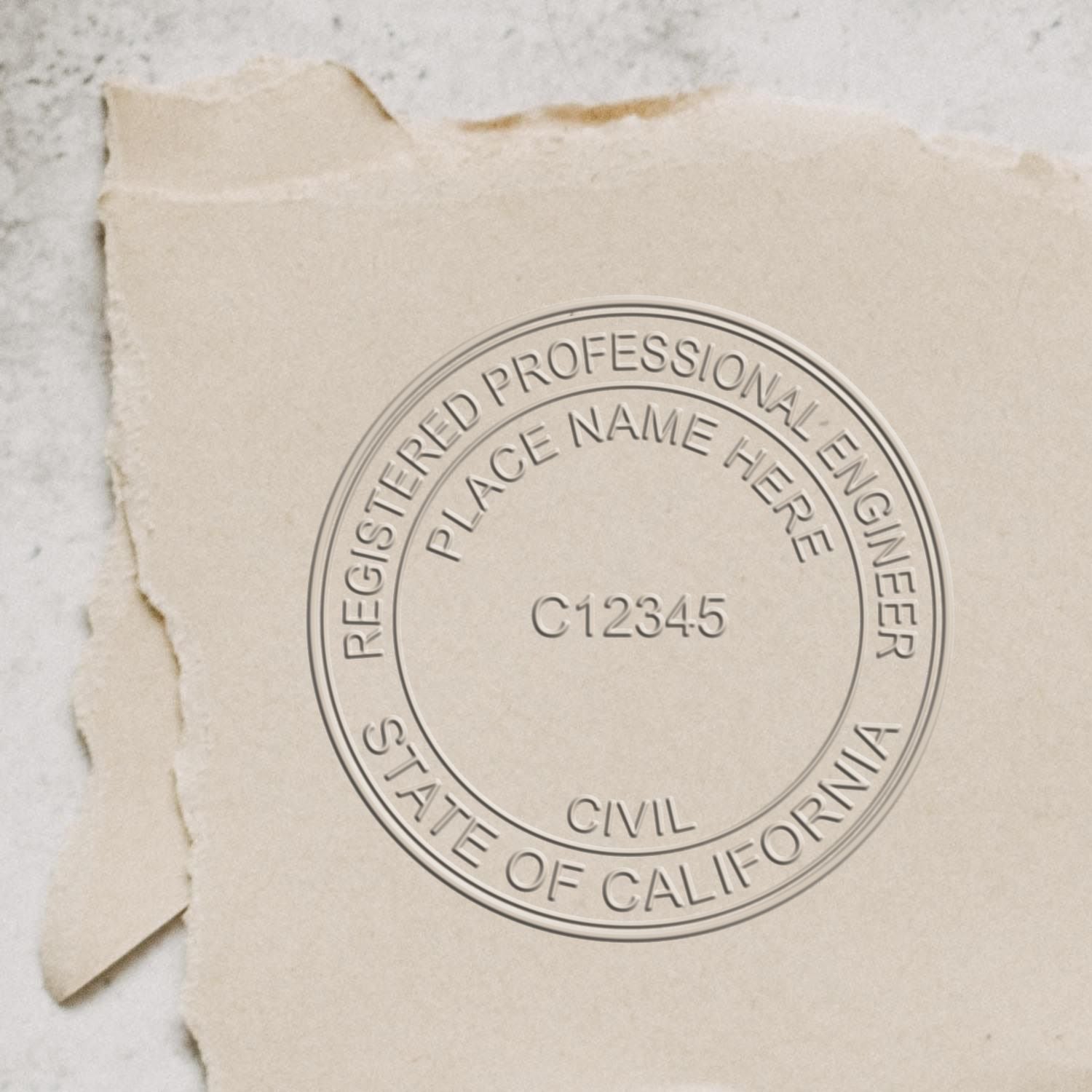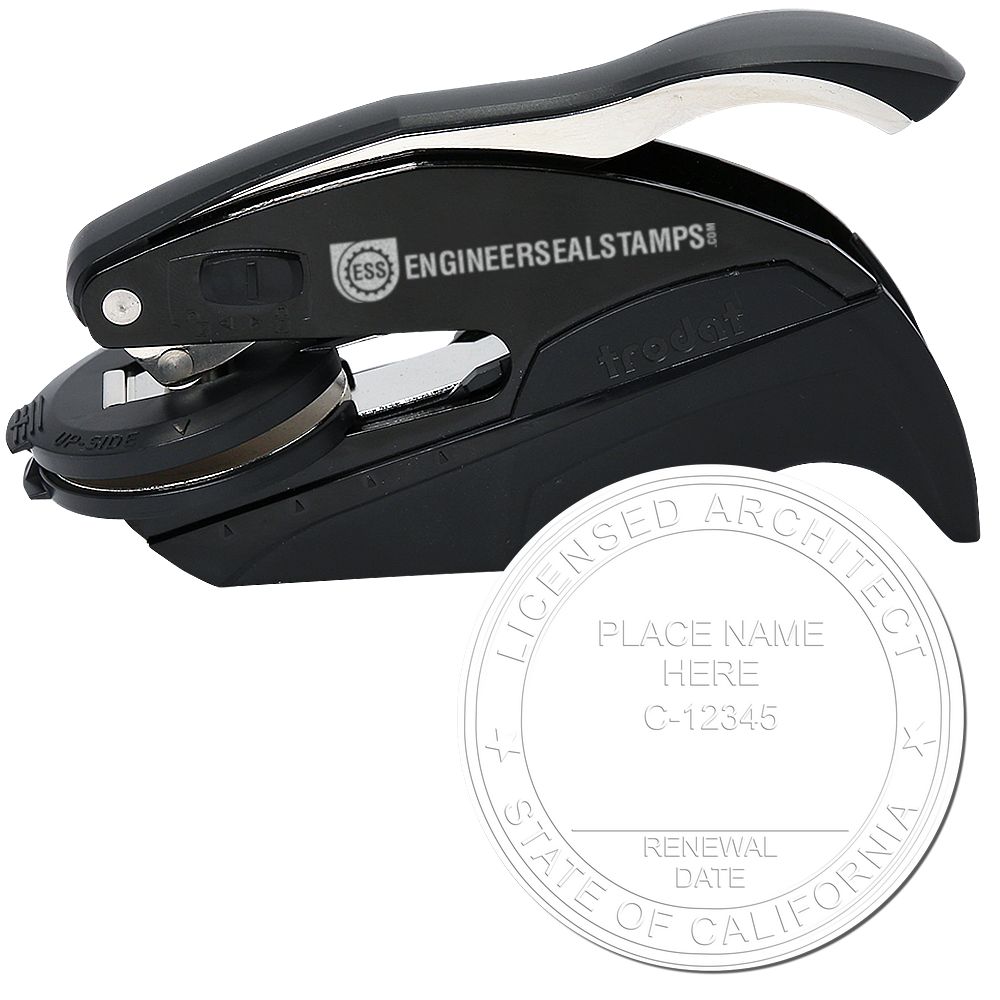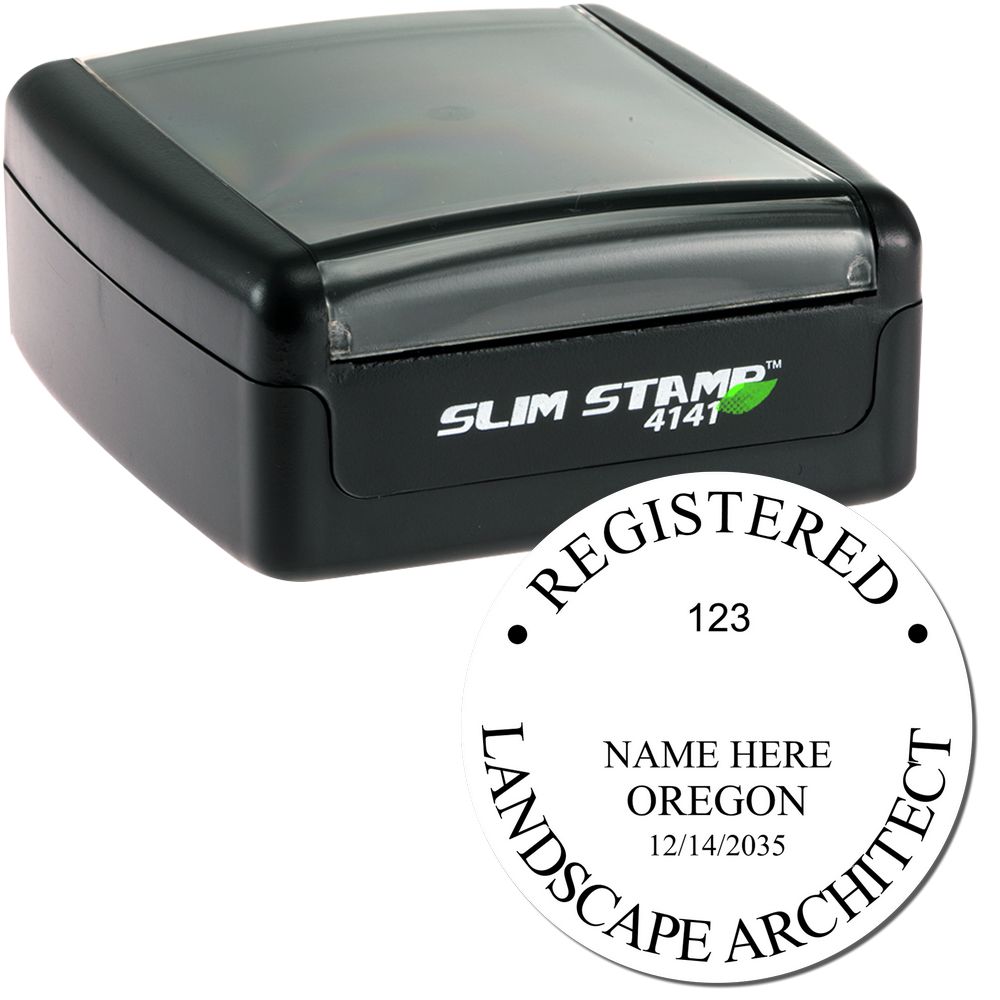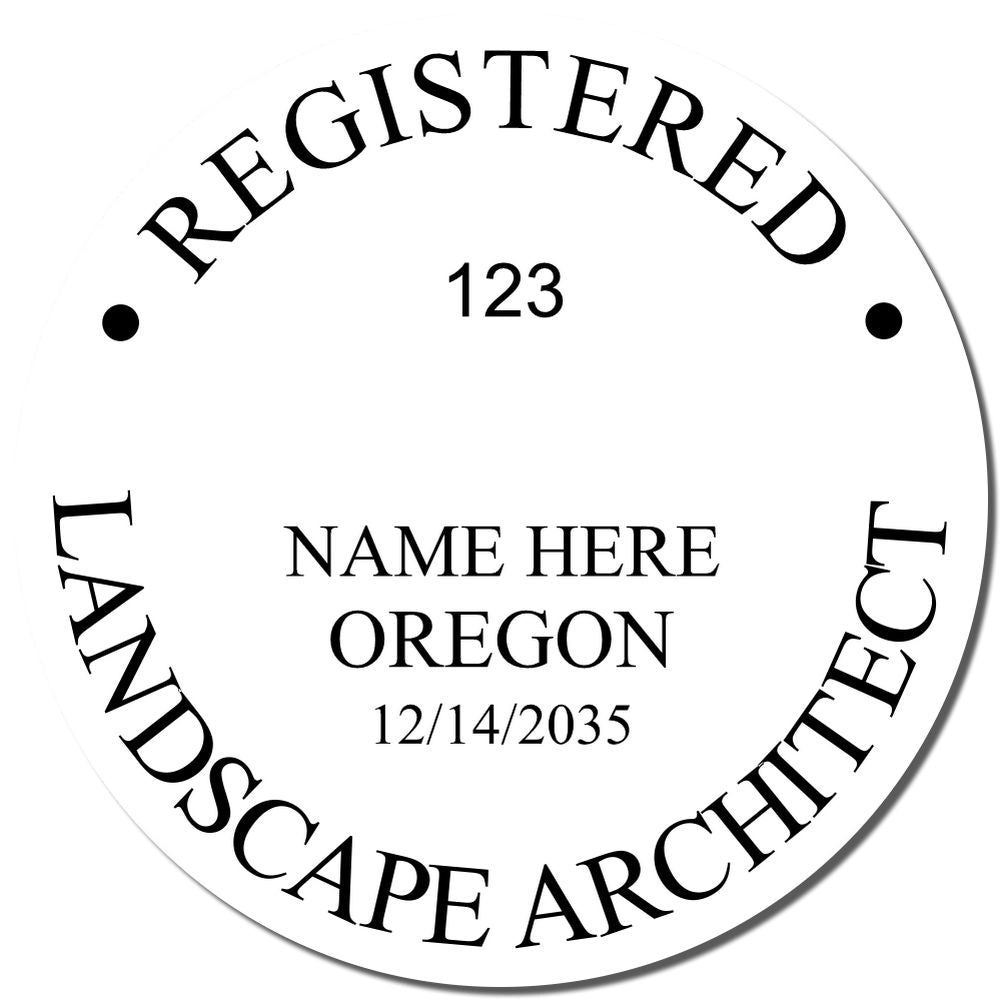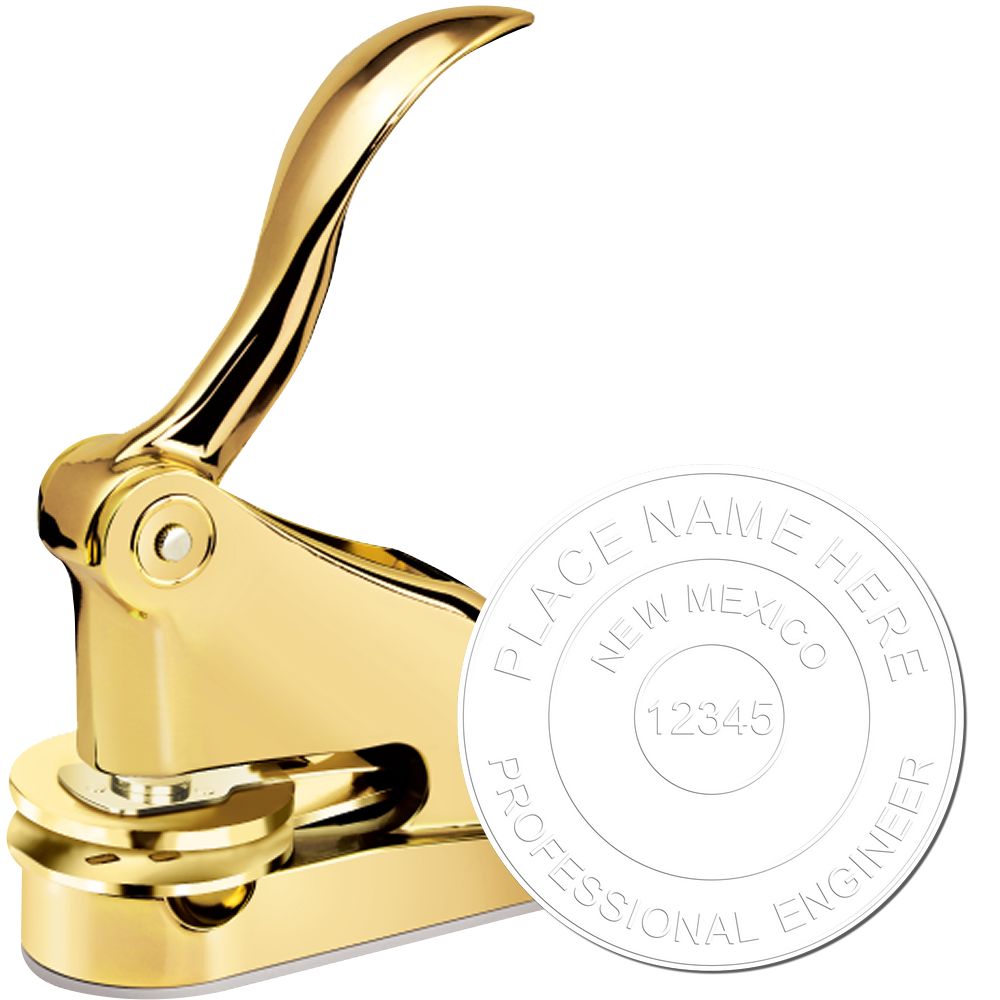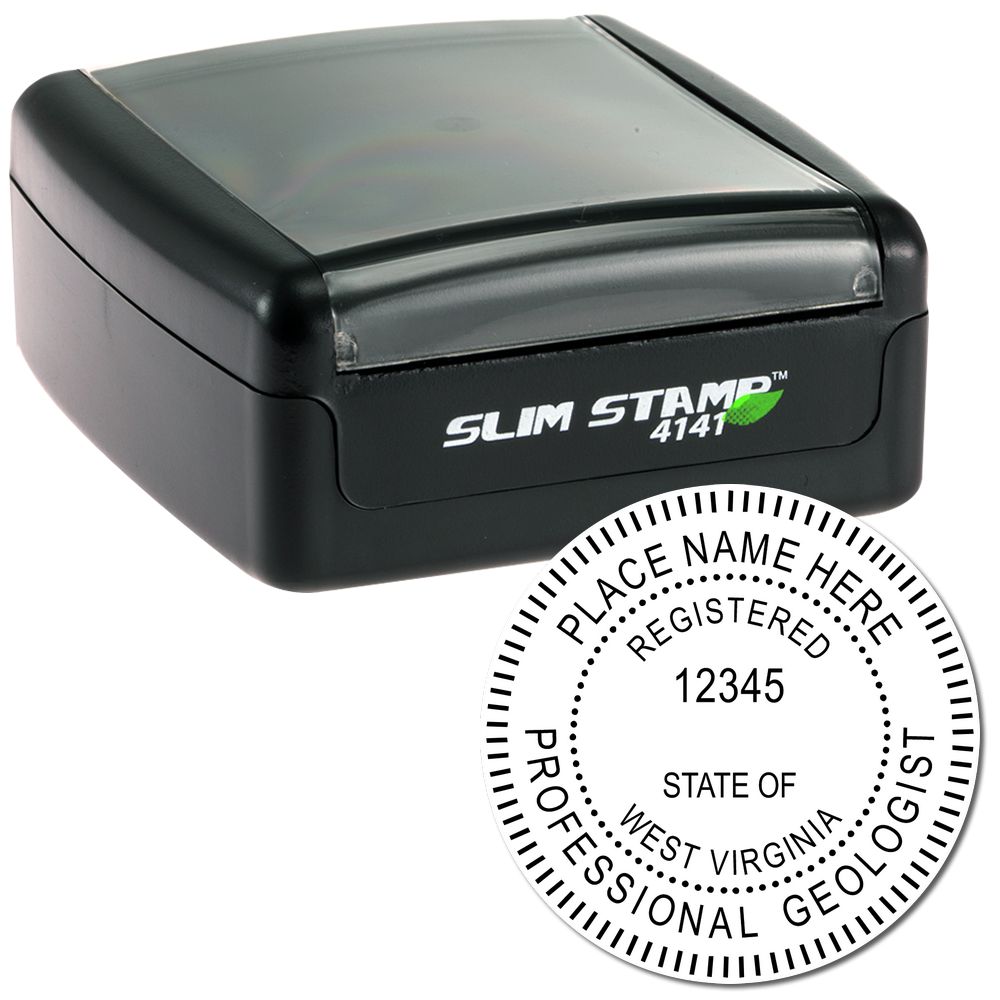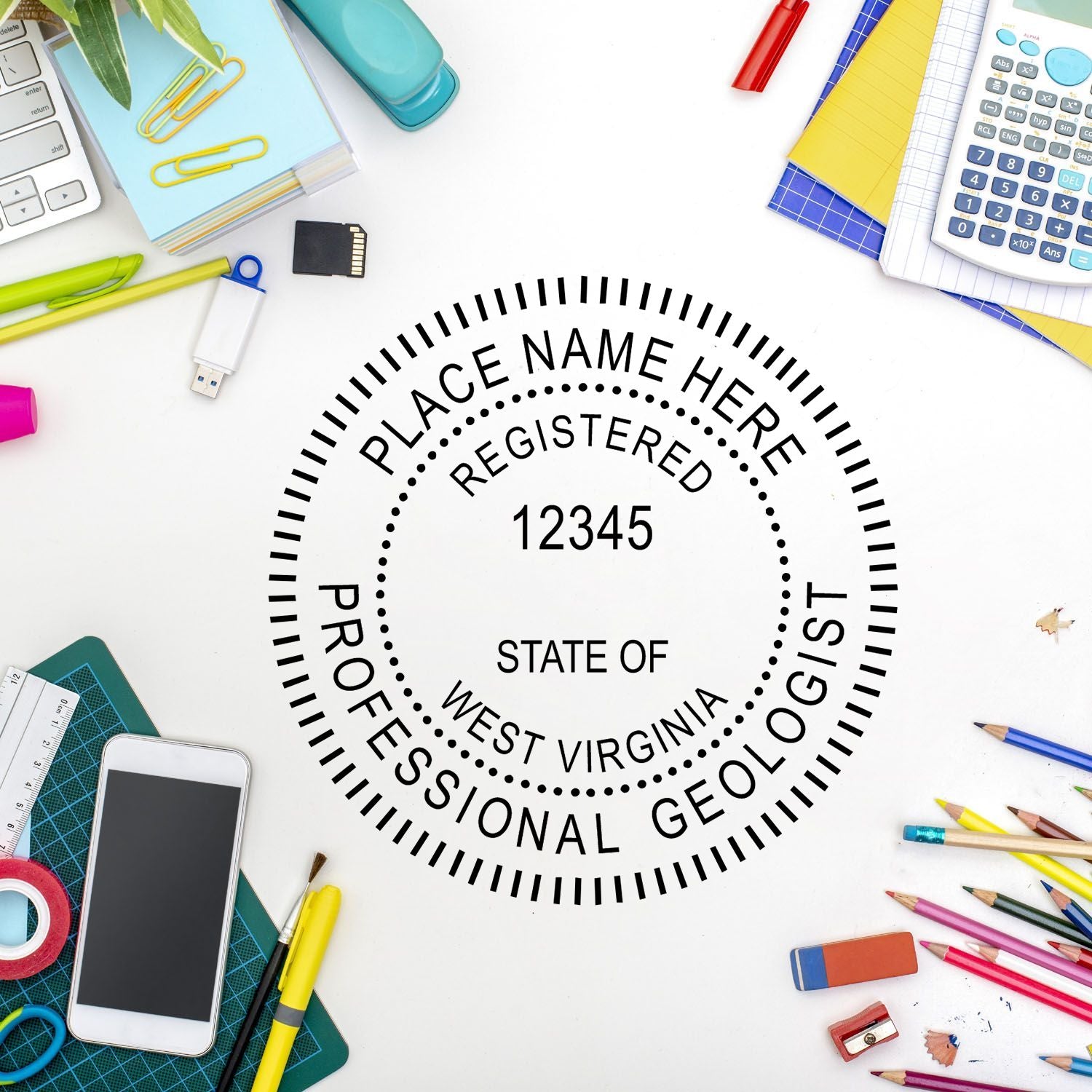If you are an engineer in the state of California, then you are required by law to acquire, at your own expense, an embossing seal or a rubber stamp that you will use on all your documentation. This is a requirement that is set forth by the governing body in your state.
General Information
In California, it is up to you whether you want to use an embossing seal, a rubber stamp, or an electronic image, as long as the size of the image is at least an inch and a half by two inches. The California PE seal embosser must contain, within the top border, your designation – either “Licensed Professional Engineer,” “Professional Engineer,” or “Registered Professional Engineer.”
Your licensee name must appear in the center of the seal, exactly as it appears on the Board-issued Certificate. Your discipline must also appear. You can use an abbreviated form of your given name, or initials that represent your name, provided that your surname as listed with the Board appears in your signature as well as on the seal.
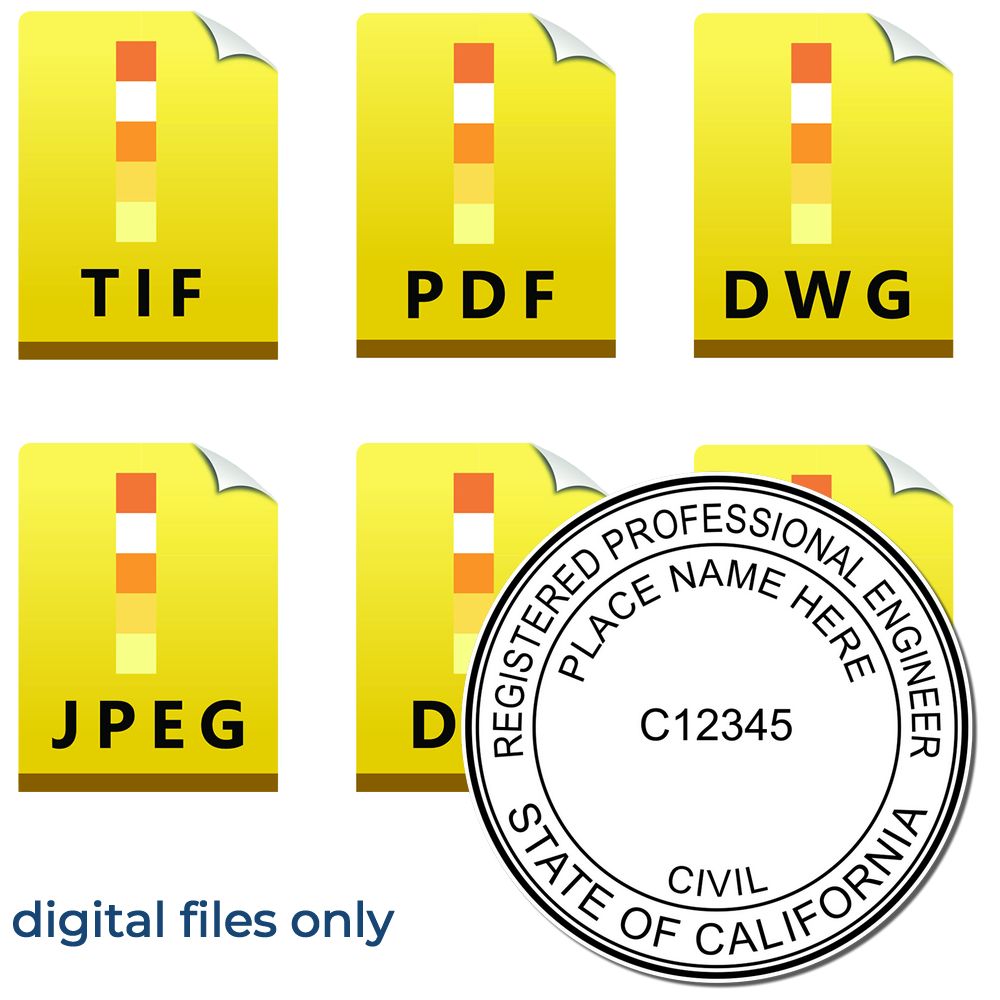
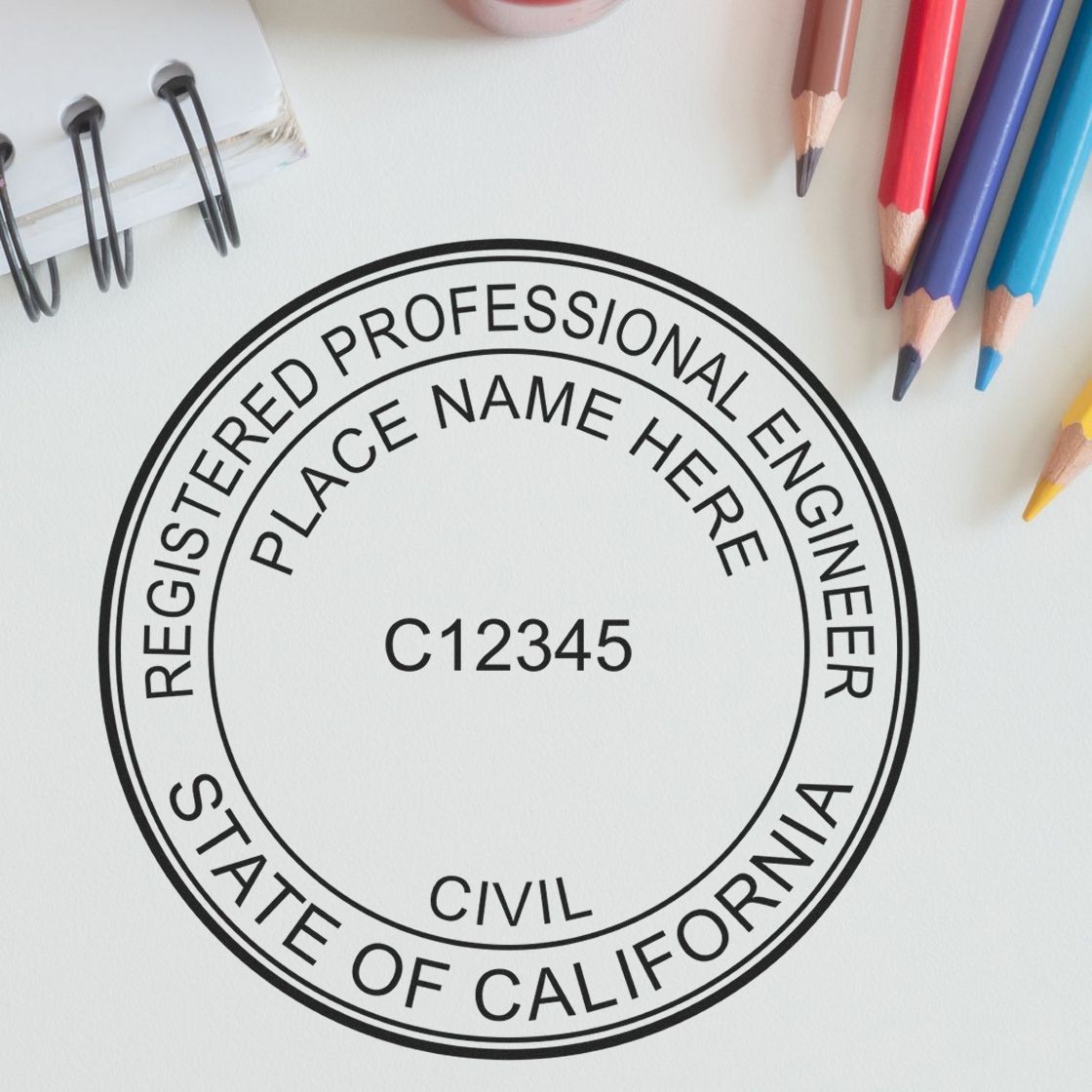
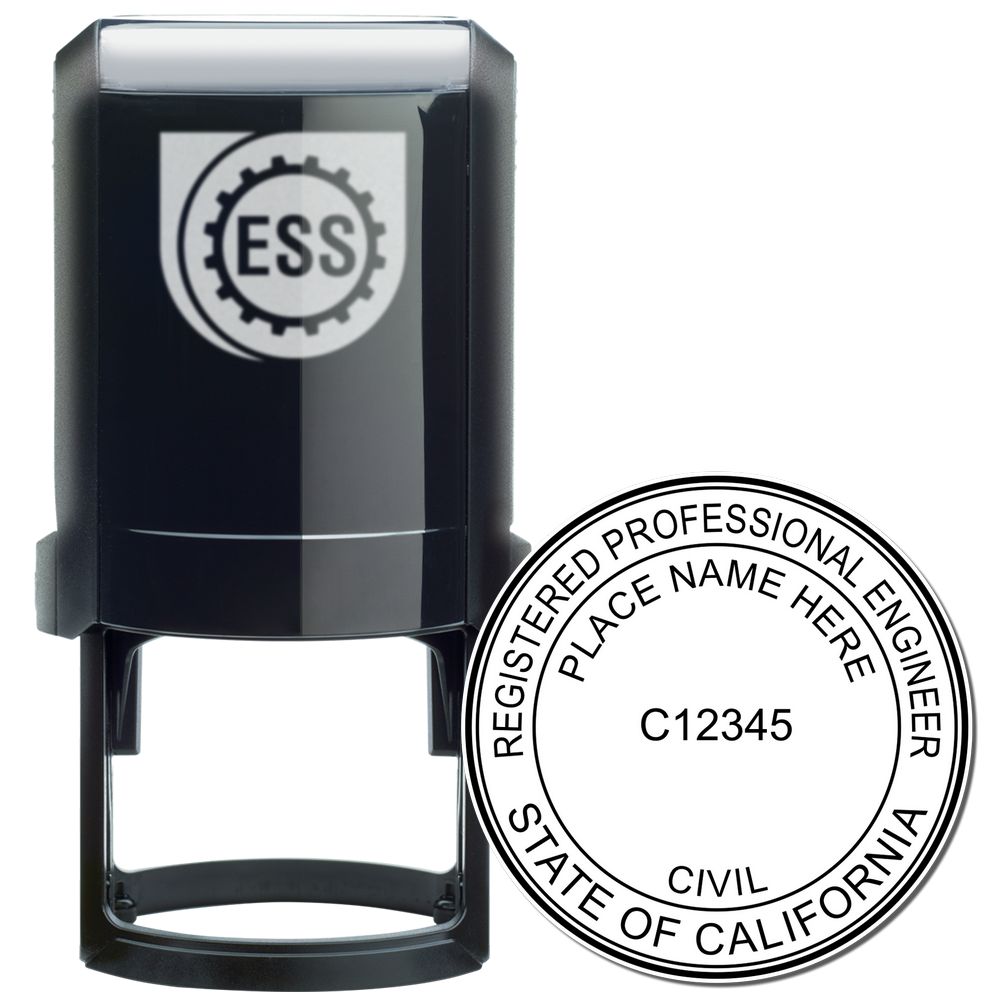
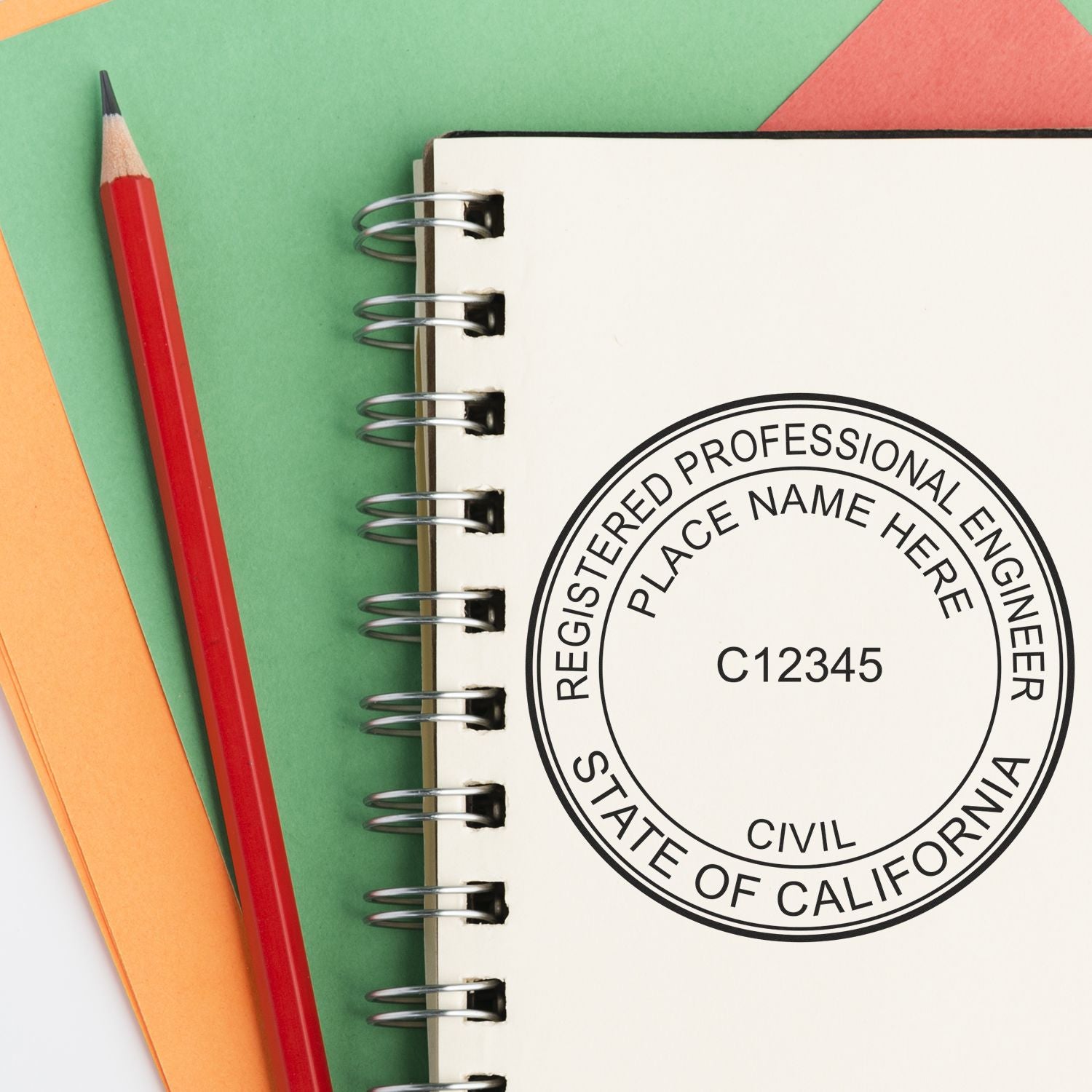
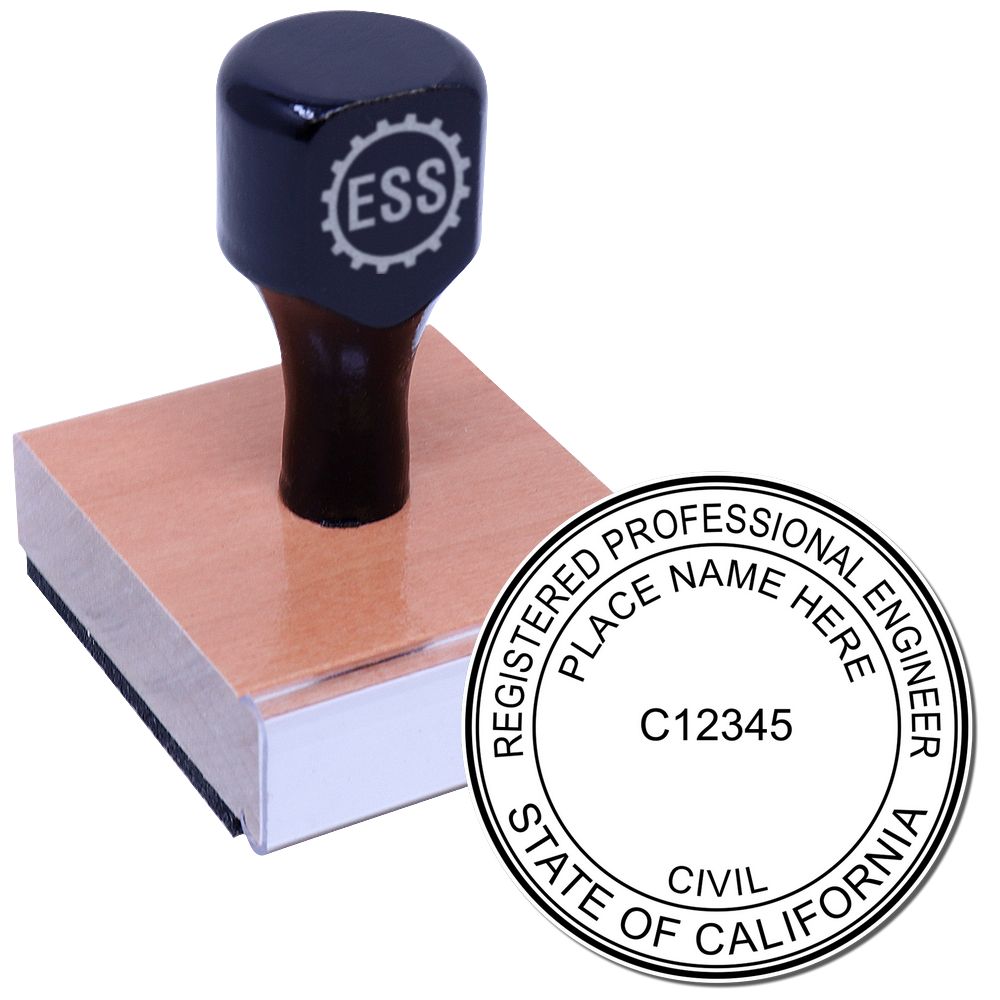
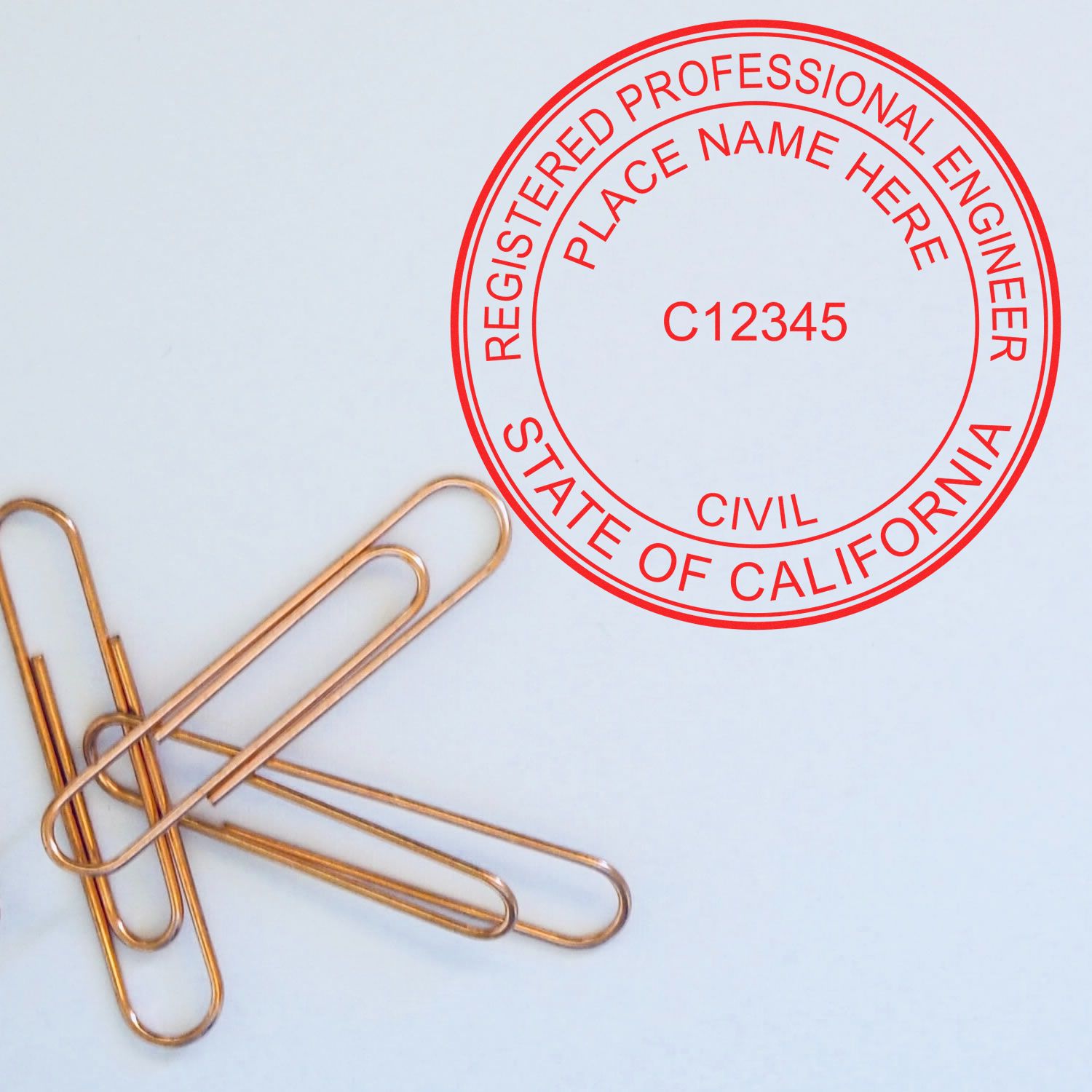
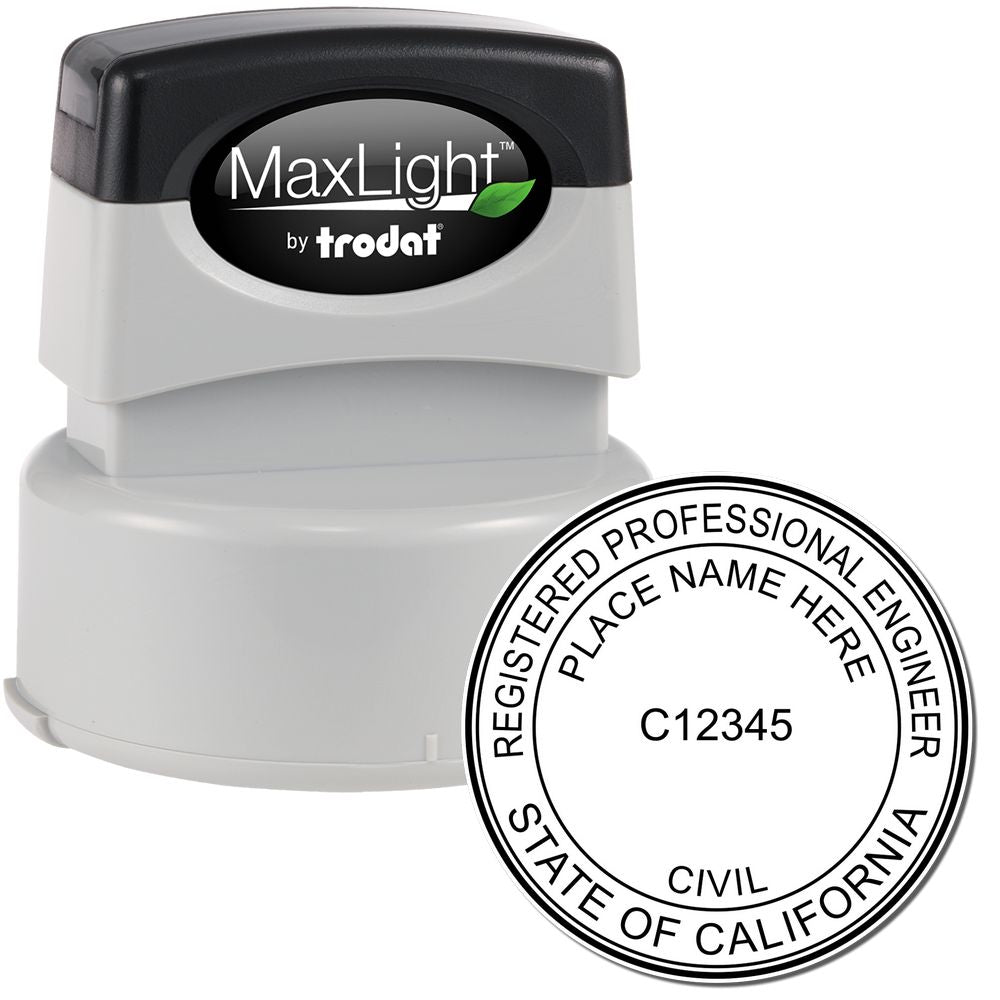
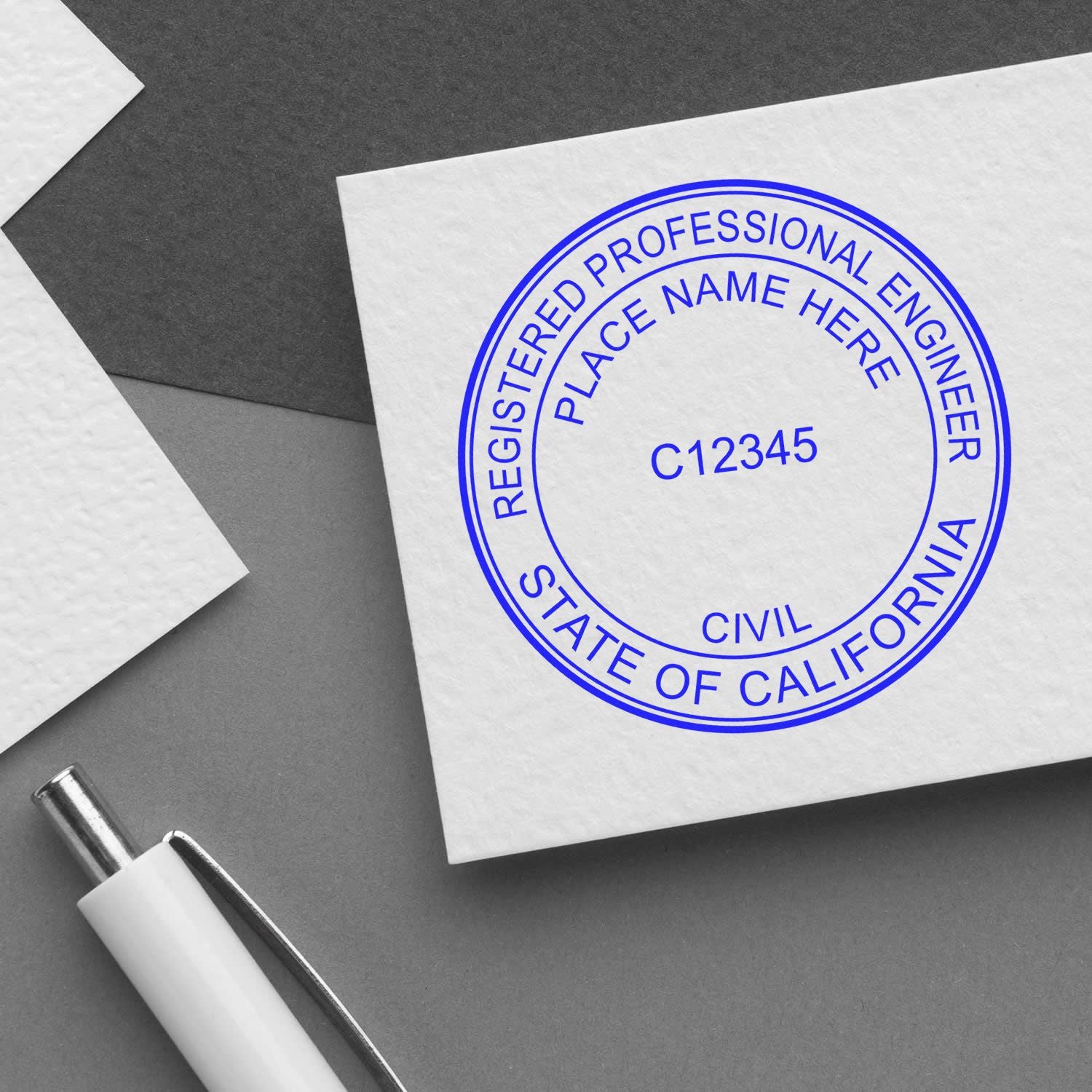
The California PE seal embosser must be capable of leaving a permanent representation, either in ink or by means of an electronic representation, and the signature can be applied electronically to your documents. You may not pre-print blank forms with your signature, and you may not use a rubber stamp for your signature.
Number Prefixes
Before your number, you must use prefixes as follows:
- C to designate Civil Engineering
- E to designate Electrical Engineering
- M to designate Mechanical Engineering
- S to designate Structural Engineering
Your seal must meet approved designs as designated by the Board. To view California PE seal embosser approved designs, click here. You can obtain your seal from any approved source.



Documents that Require Your Seal
Any maps, descriptions, plans or other documents must be signed and sealed in accordance with the law of the state of California, in such a manner that all work can be attributed clearly to the licensee, whether you are submitting the work to the state or to a client. When you are signing and sealing documents that contain work that is done under two or more licenses, you must note each document accordingly, including the dated signatures of each licensee.
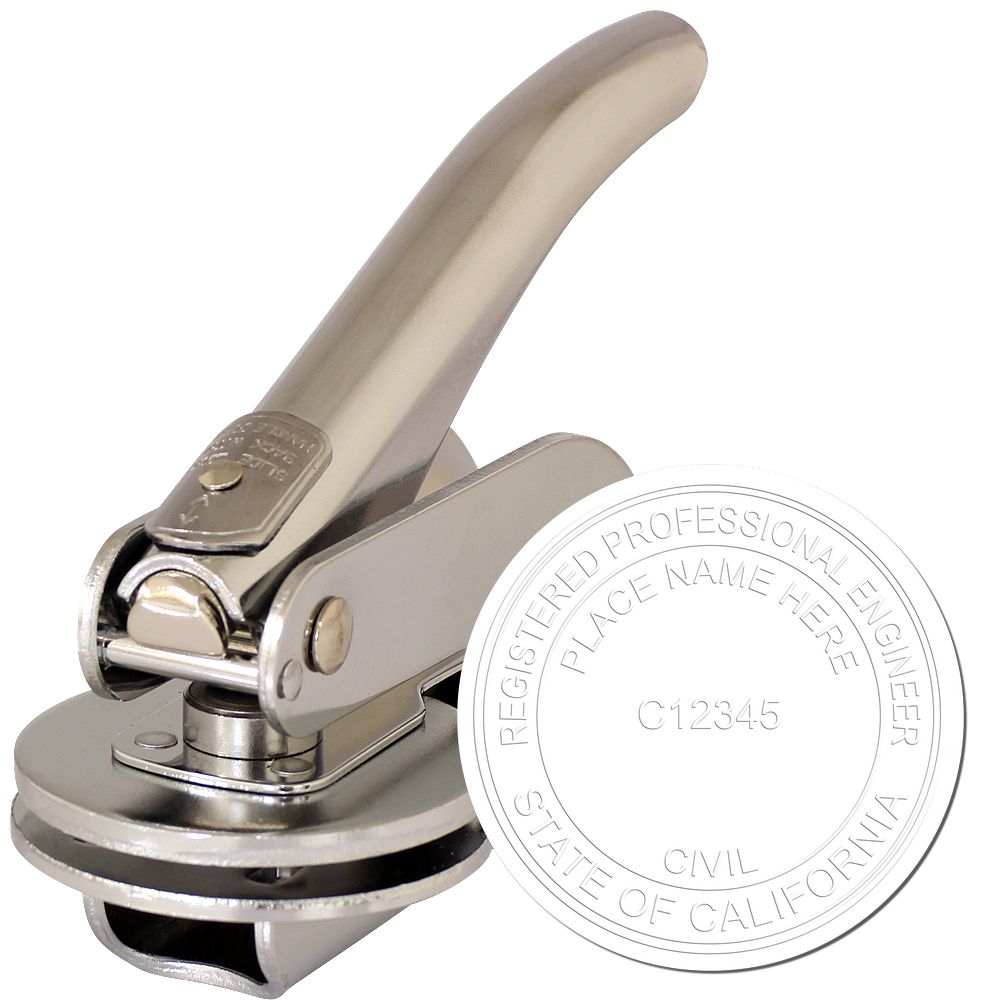

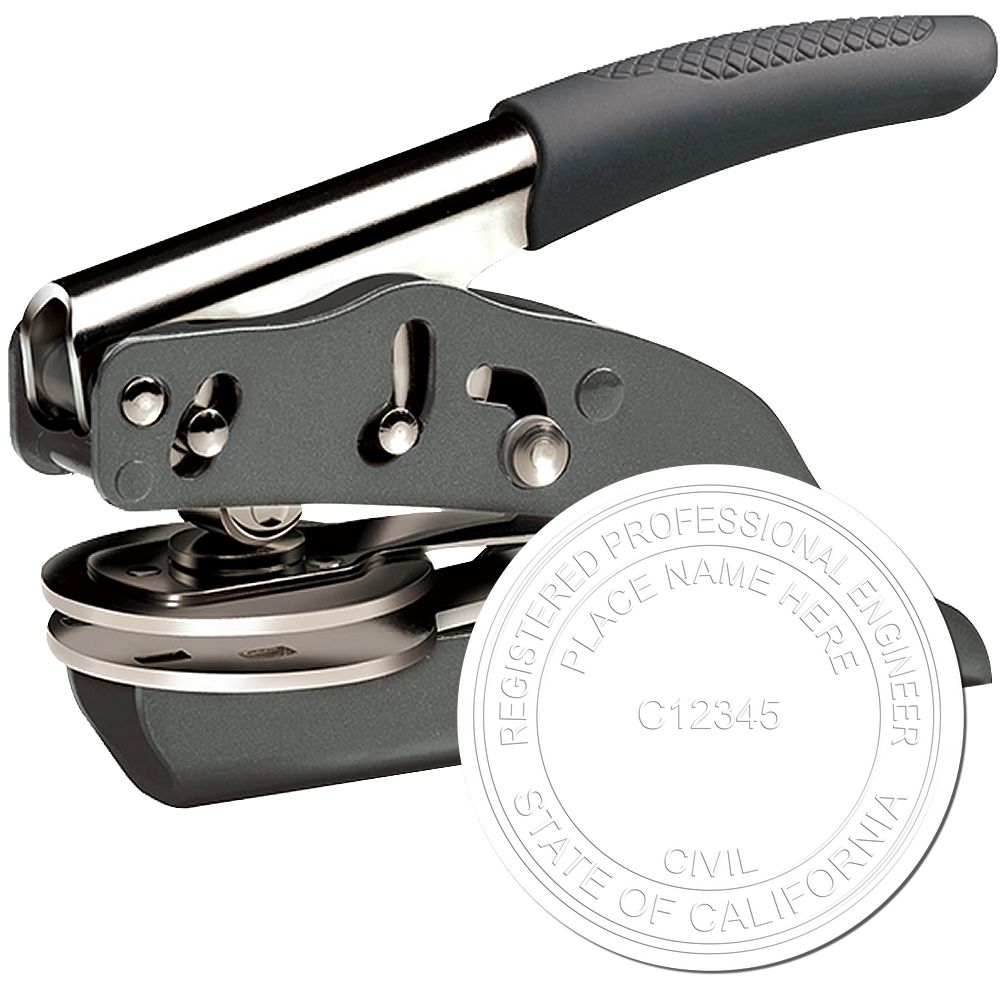
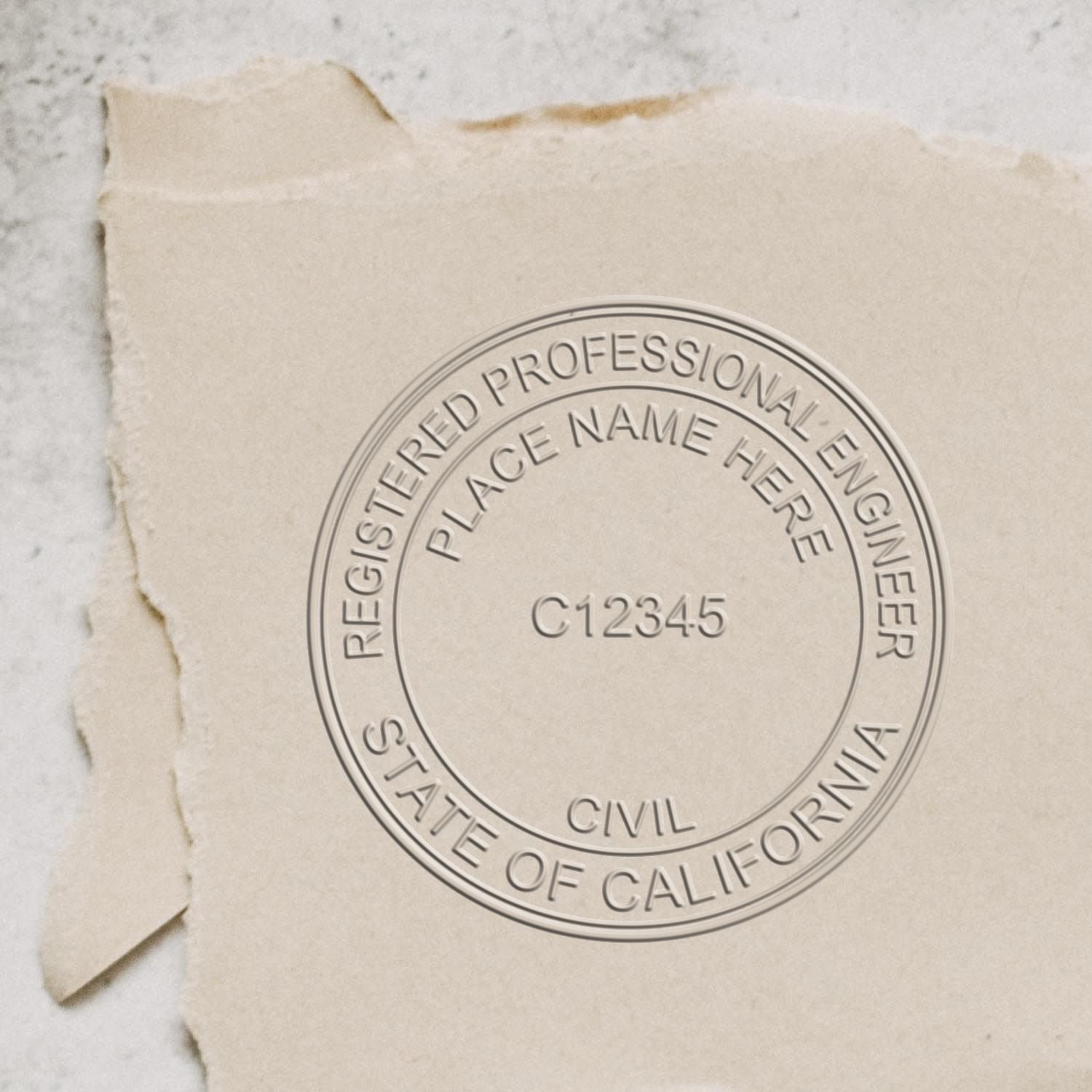
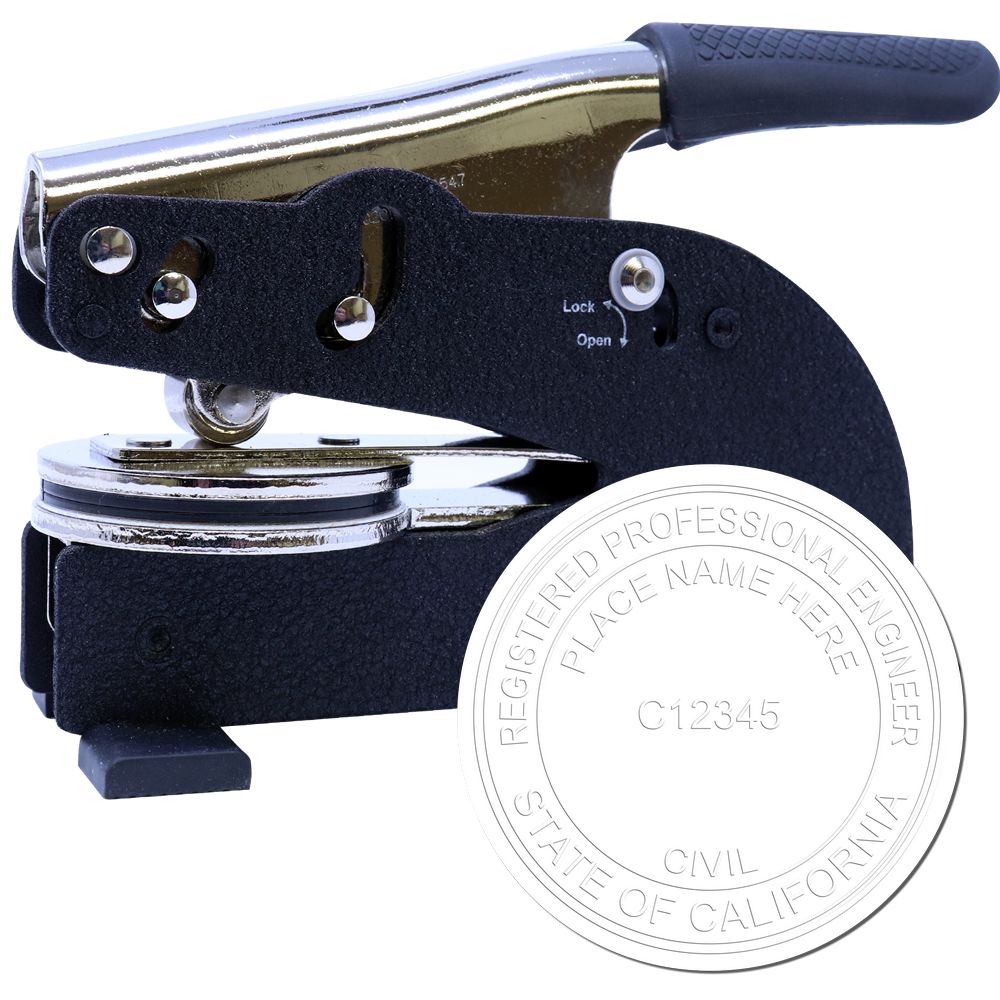
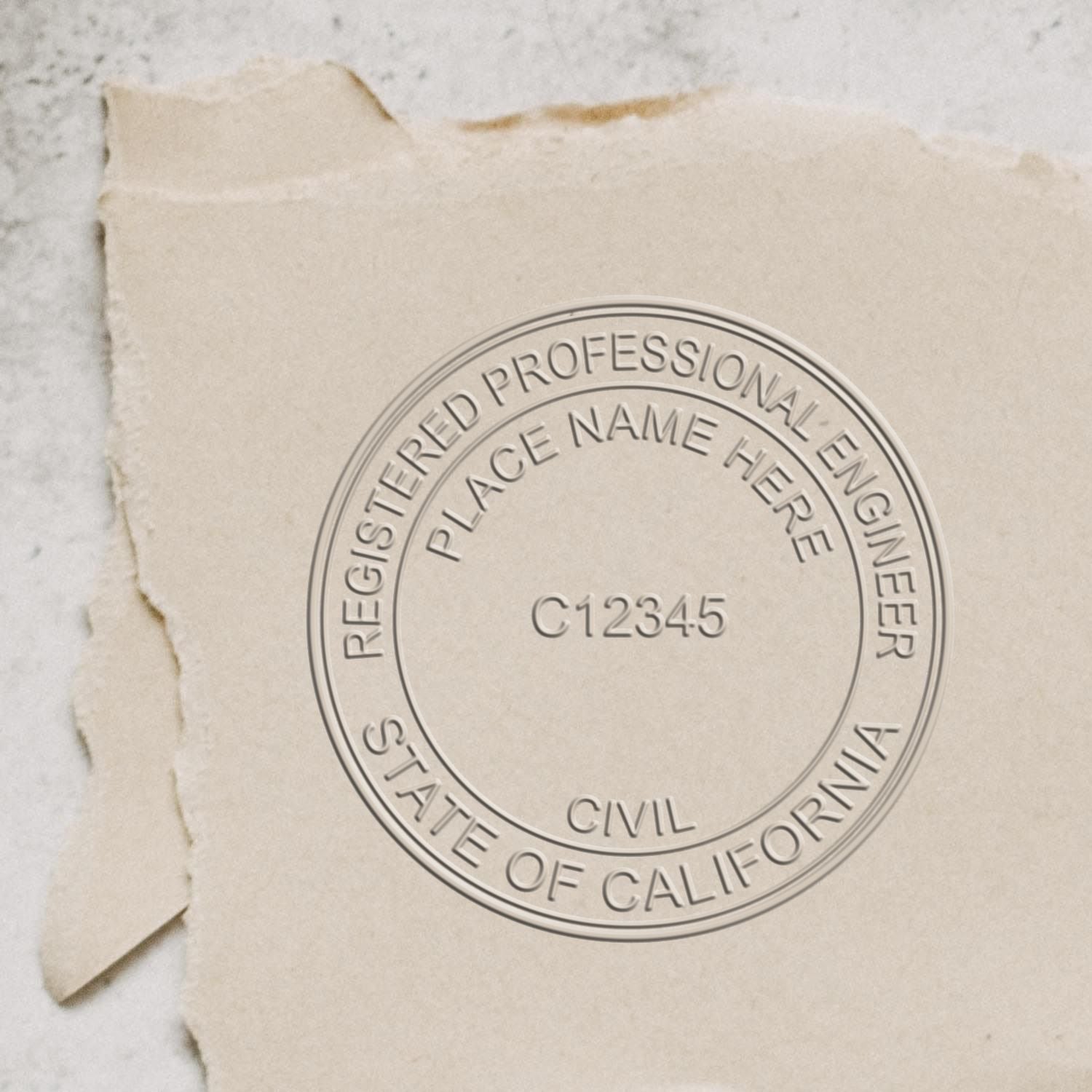
Your seal can be affixed only to work that you have done, or that was performed under your direct supervision. It is an offense to use your California PE seal and embosser for any work that was done outside of your control.
Keep in mind, too, that because your seal is your verification that this is your work, you should always keep your seal in a safe location. Under the law, if your seal is missing or stolen, and you fail to report the loss to the board, any work that is done under that seal from the time that you noticed it was missing, up until the time that you actually report it, is your responsibility and you could be not only disciplined by the Board, you could be held legally liable for defective work.
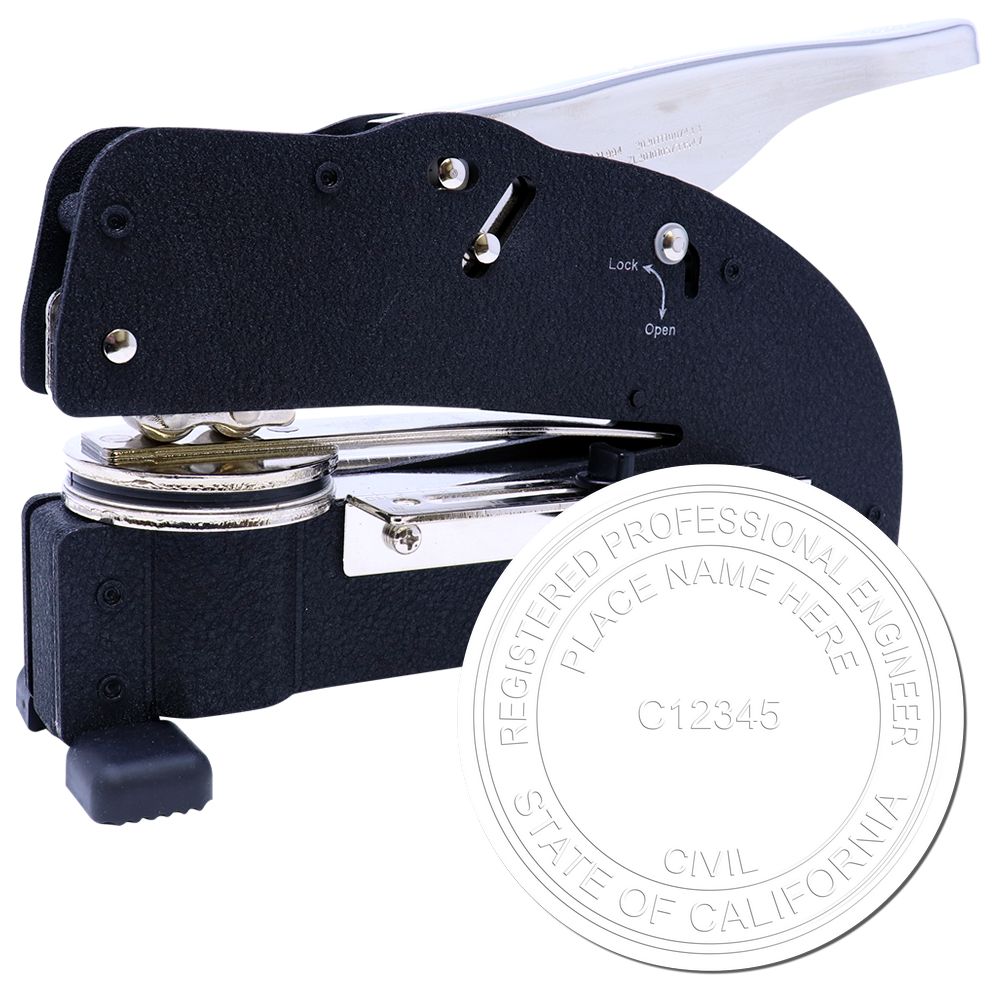
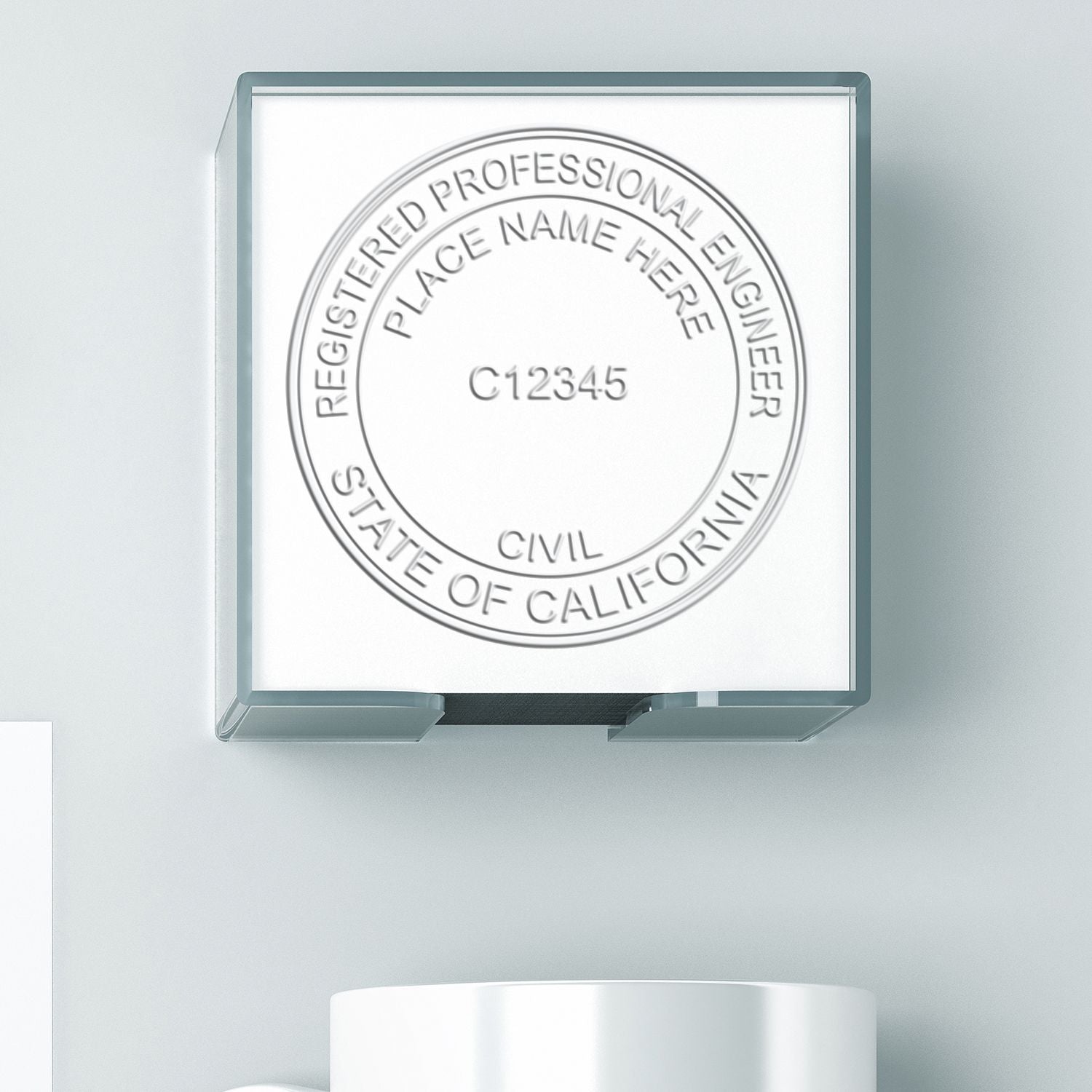
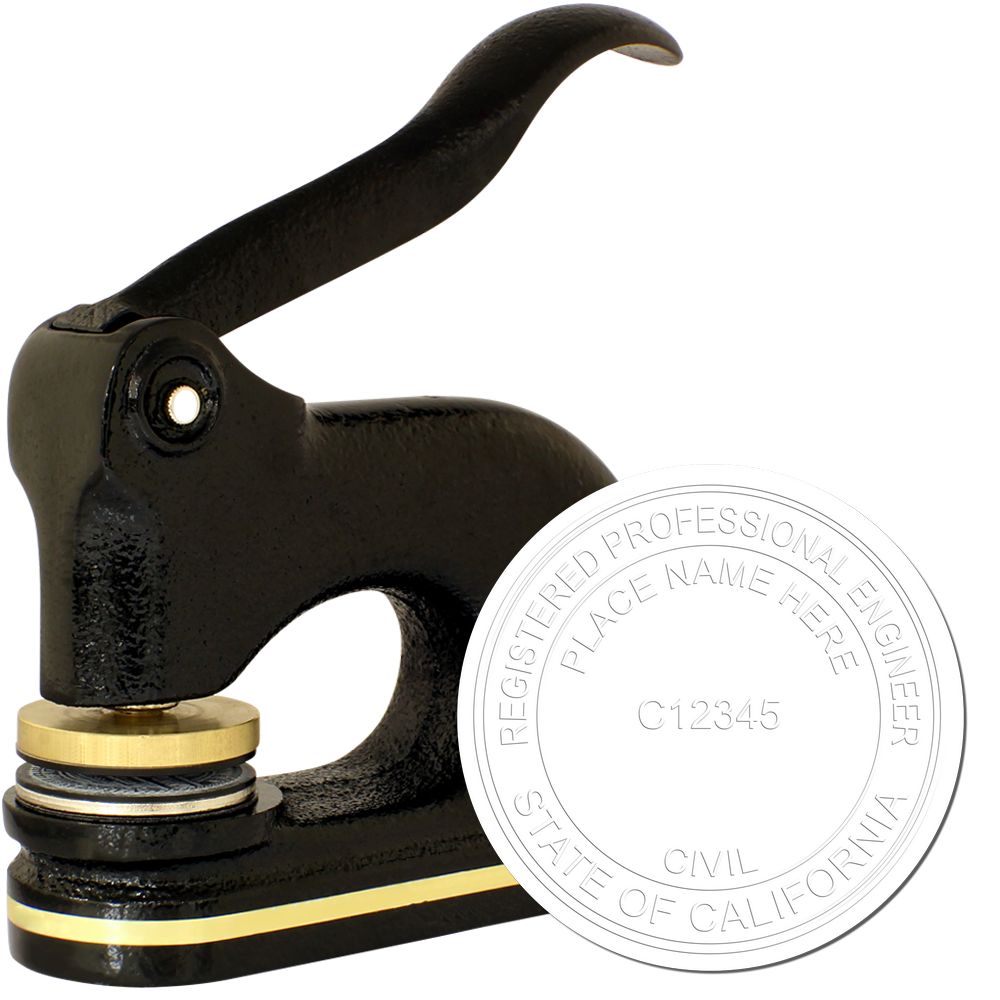
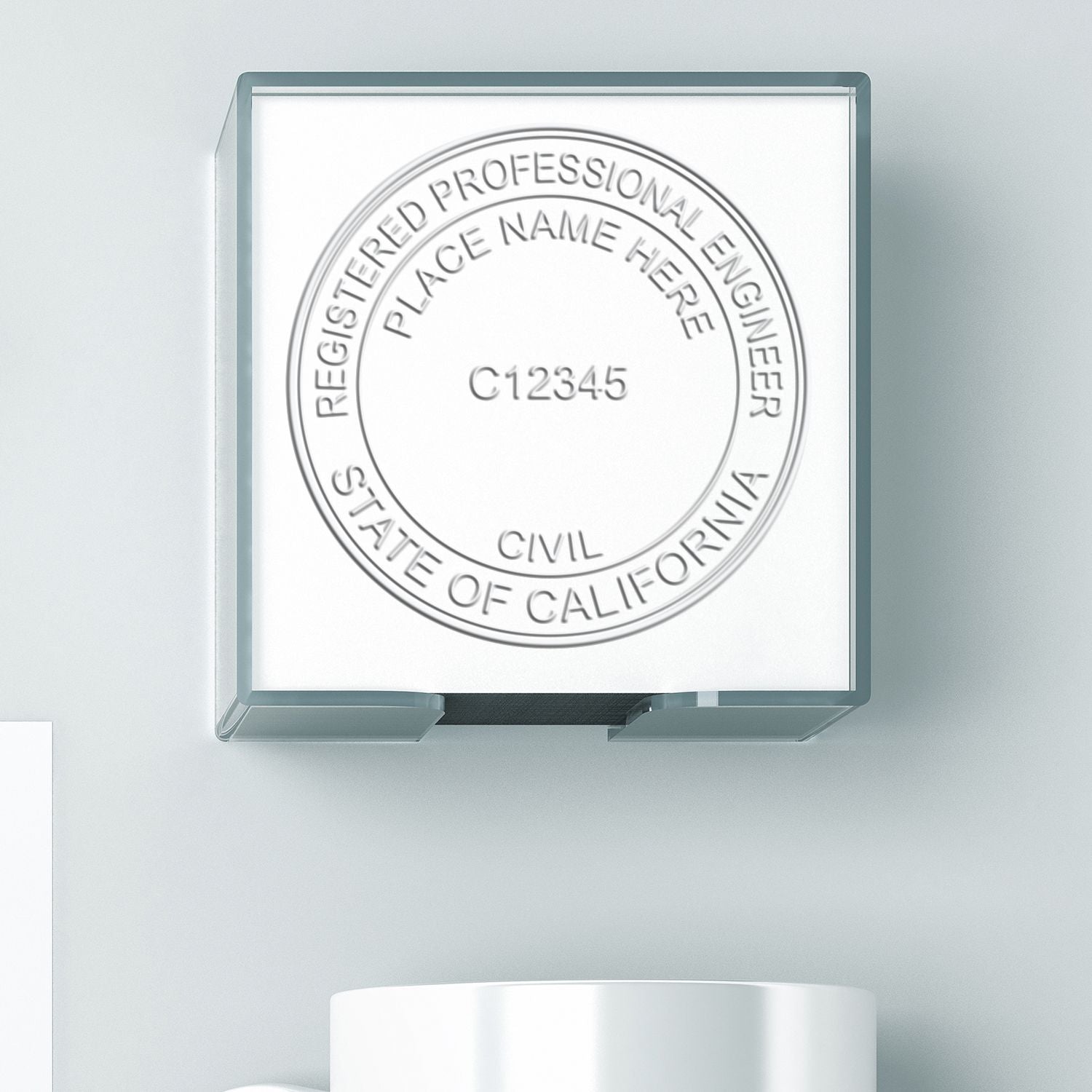

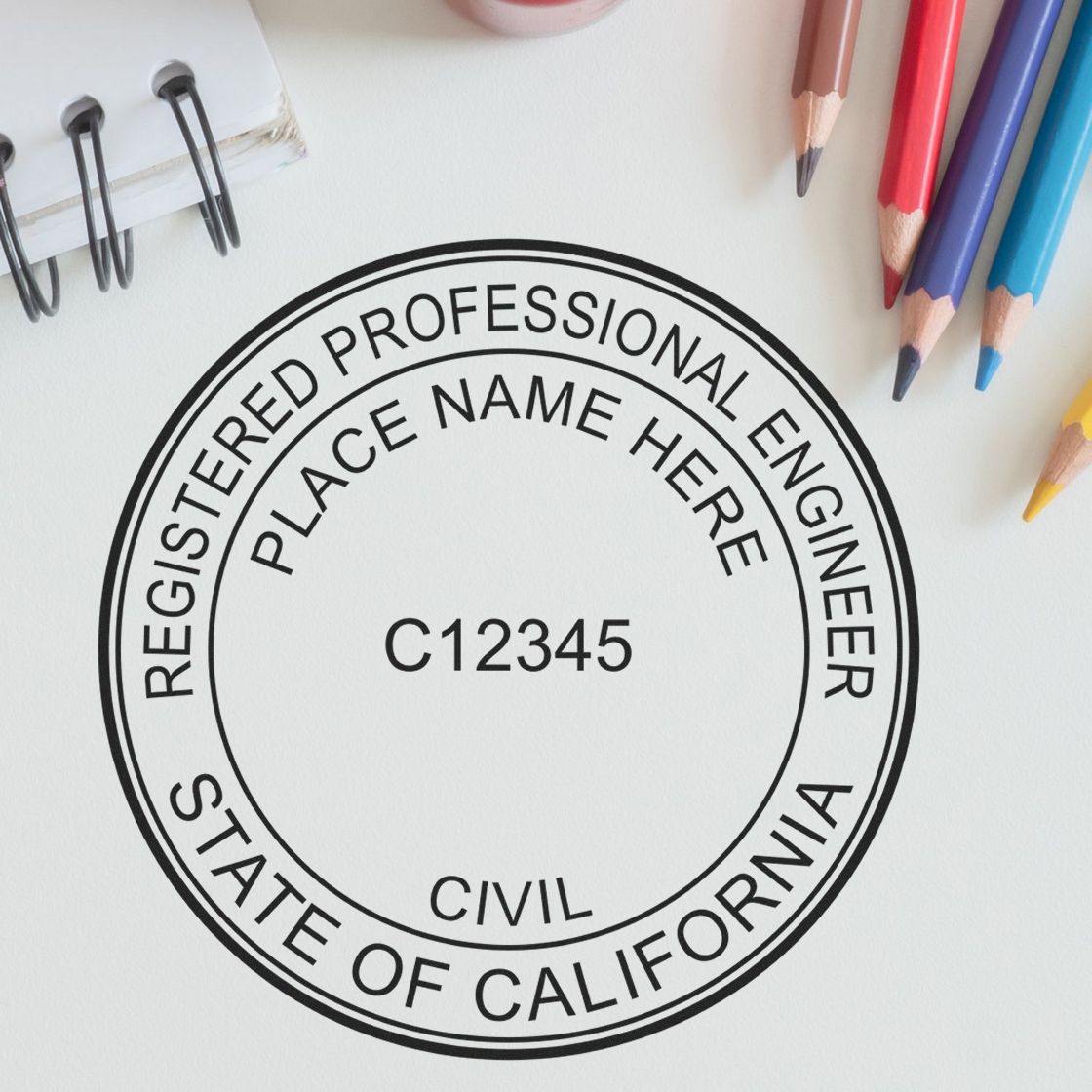
Products
At Engineer Seal Stamps, we have the products that you need to make sure that you are signing and sealing under the requirements of California law, including:
- Soft seal, handheld and long reach seal embossers
- Slim pre-inked self-inking stamped
- Max light pre-inked stamps
- Regular hand rubber stamps
- Desk seal embossers
- Any rubber stamp or embossing seals
You can obtain more information about compliance with California law as it relates to California PE seals for engineers at the http://www.bpelsg.ca.gov/.


